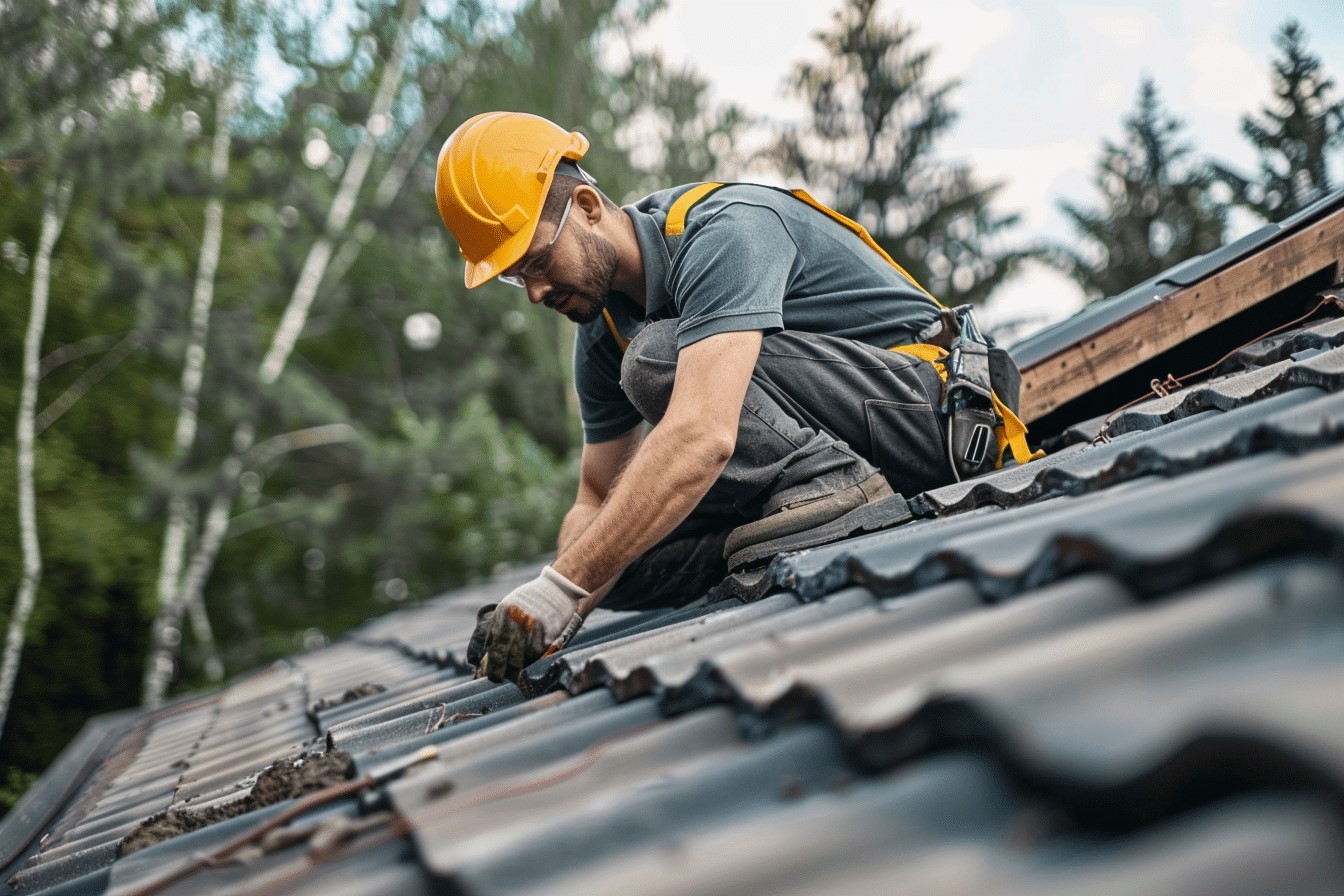
Why Resurfacing Your Pool is a Game-Changer
When your pool starts showing its age, resurfacing is the key to rejuvenation. Not only does it enhance the pool’s appearance, but it also extends its lifespan, making it a wise investment. For expert advice on choosing the right resurfacing material,
-
Signs Your Pool Needs Resurfacing
To determine if your pool needs resurfacing, watch for these signs:
- Rust stains
- Rough textures
- Flaking or peeling
- Cracks and discoloration
These signs indicate underlying issues that need addressing to avoid higher Pool Resurfacing Cost in the future. Homeowners looking for cost-effective resurfacing options should
-
Long-Term Benefits of Pool Resurfacing
Resurfacing your pool offers numerous benefits:
- Extended lifespan: Protects your pool for years
- Enhanced aesthetics: Boosts property value
- Cost savings: Reduces frequent repairs
Investing in resurfacing today can significantly lower future Pool Resurfacing Cost.
Key Factors Influencing Pool Resurfacing Cost
Pool Size and Shape Matter
The size and shape of your pool are crucial in determining resurfacing costs. Larger pools require more materials and labor, while unique shapes might need specialized work, increasing the overall Pool Resurfacing Cost.
- Standard pools: Typical 1,000-square-foot pool costs around $6,500
- Unique shapes: May require custom work, raising costs
Selecting the Right Resurfacing Material
Choosing the right material is essential for both cost and durability.
- Plaster: Affordable, smooth finish, lasts up to 10 years
- Tile: Luxurious, long-lasting, but pricey
- Aggregate: Durable, visually appealing, mid-range cost
- Pool paint: Most economical but shorter lifespan
Each option affects the overall Pool Resurfacing Cost differently, so choose wisely.
In-Depth Analysis of Finishing Options
Plaster: Economical and durable. Costs around $5,500 per 1,000 square feet.
Tile: High-end finish with exceptional durability. Costs approximately $30,000 per 1,000 square feet.
Aggregate: A blend of pebbles and quartz, offering a textured, resilient surface. Costs about $6,500 per 1,000 square feet.
Understanding Pool Types and Resurfacing Costs
Concrete or Gunite Pools
Concrete or gunite pools typically cost around $6,500 per 1,000 square feet to resurface. The cost varies based on specific conditions and additional repairs needed, impacting the overall Pool Resurfacing Cost. To better understand the factors influencing pool resurfacing costs,
-
Fiberglass Pools
Fiberglass pools require refinishing, especially when showing wear. The average cost is around $6,500 per 1,000 square feet, similar to concrete pools.
Vinyl Pools
Vinyl pools rely on liners, making resurfacing a liner replacement process. Costs range between $1,000 and $3,500 per 1,000 square feet.
Additional Costs in Pool Resurfacing Projects
Preparation and Cleaning
Draining and cleaning the pool, fixing leaks or cracks, and refilling the pool are essential steps. These add to the Pool Resurfacing Cost but ensure a successful project.
Enhancing Aesthetics with Additional Features
Resurfacing your pool offers a chance to add water features, lighting, or a new deck. These improvements enhance the pool experience and home value but increase the overall Pool Resurfacing Cost. For more information on how to enhance your pool’s appearance and longevity, -.
DIY vs. Professional Pool Resurfacing
DIY Pool Resurfacing
- Pros: Save on labor costs
- Cons: Requires skills and equipment, potential for higher costs if mistakes are made
Hiring Professionals
- Pros: Ensures expertise and quality, durable results
- Cons: Higher upfront cost but often more cost-effective in the long run
Weighing these options helps determine the best approach to manage your Pool Resurfacing Cost-effectively.
Real-Life Cost Examples and Testimonials
Case Studies
A Florida homeowner spent $6,000 to resurface a medium-sized concrete pool. Minor repairs and LED lighting brought the total to $7,500.
Comparing Quotes
Getting multiple estimates helps you find the best deal without compromising quality. Example quotes for an average-sized concrete pool:
- Provider A: $5,000
- Provider B: $5,700
- Provider C: $6,500
Comparing these helps manage your Pool Resurfacing Cost-effectively.
Frequently Asked Questions
How much does it cost to resurface a pool with a unique shape?
The costs generally range from $6,000 to $15,000, averaging around $11,000. Factors like size, materials, and additional work can raise the cost to $50,000.
What factors influence the cost of pool resurfacing?
Size, current condition, chosen materials, labor costs, and geographical location all impact the Pool Resurfacing Cost.
What additional expenses should be considered?
Beyond materials and labor, consider costs for draining, cleaning, and aesthetic upgrades like water features or new lighting.
Is it better to DIY or hire professionals?
While DIY can save on labor costs, hiring professionals ensures quality and durability, potentially offering better long-term value despite a higher initial Pool Resurfacing Cost.
Where can I find reliable pool resurfacing companies?
A quick online search can help find local companies. Reviews and testimonials provide insights into their work quality, and comparing multiple quotes ensures the best deal.
This comprehensive guide ensures you have all the information needed to manage your Pool Resurfacing Cost effectively while enhancing your pool’s beauty and functionality.

